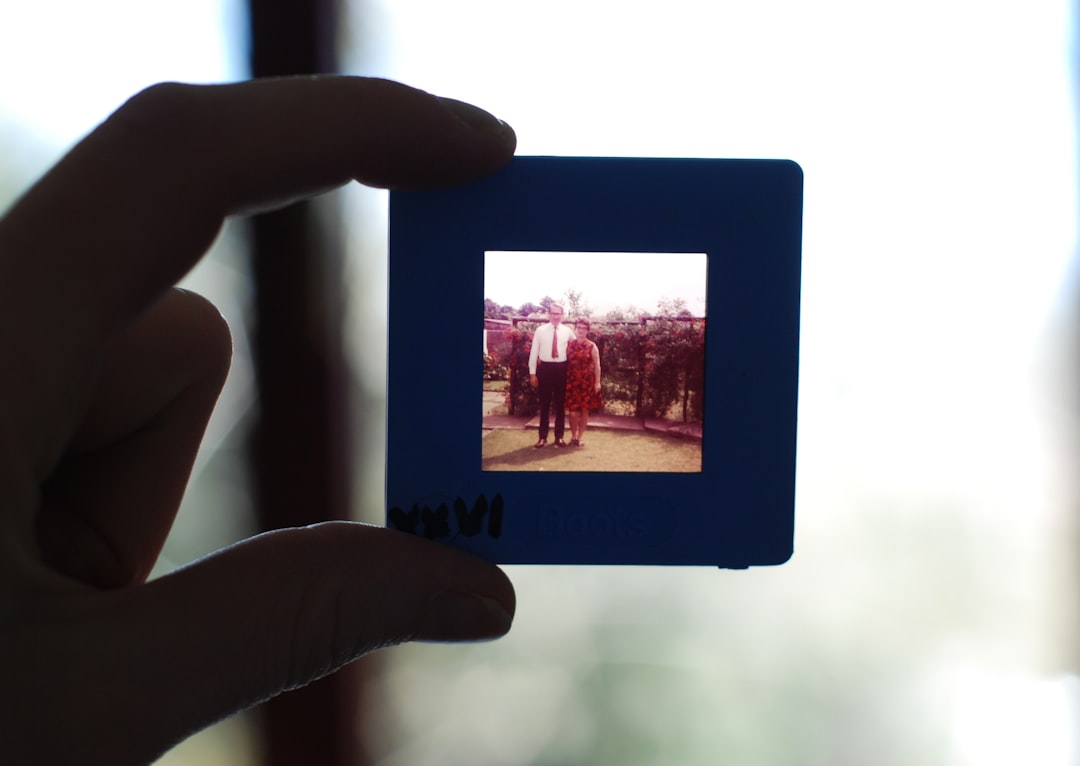What is it about?
After bilateral cochlear implantation, toddlers with profound hearing loss make advancements in their vocal development (i.e. precanonical vocalizations, basic canonical syllables and advanced forms), but they lack behind their peers with normal hearing during the first year after implant activation.
Featured Image

Photo by Jelleke Vanooteghem on Unsplash
Why is it important?
Information about the vocal development time course following bilateral CI activation helps parents recognize progress in auditory-guided speech development before the emergence and the use of spoken words in communication. It also helps specialists (e.g. spech and language pathologists/therapists or early interventionists) to recognize early signs of possible difficulties in spoken language development.
Perspectives
Writing this article was a great pleasure and it has co-authors with whom I have had the pleasure to work for an extended period. Working with our international team has been very rewarding. This article is the first one to shed light on vocal development in toddlers with bilateral cochlear implants acquiring Finnish.
Taina Välimaa
University of Oulu, Research Unit of Logopedics and Child Language Research Center, Finland
Read the Original
This page is a summary of: Vocal Development in Infants and Toddlers With Bilateral Cochlear Implants and Infants With Normal Hearing, Journal of Speech Language and Hearing Research, May 2019, American Speech-Language-Hearing Association (ASHA),
DOI: 10.1044/2018_jslhr-s-18-0260.
You can read the full text:
Contributors
The following have contributed to this page










